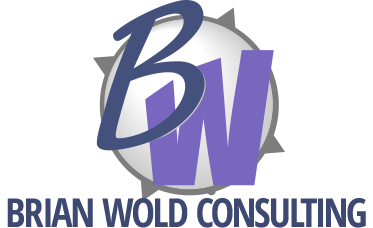First, this isn’t a process tutorial; more a warning: If you move your Web site to a new host or a different server within a hosting company’s server farm, you might break some things…
Here’s a hint: hosts will always tell you what technologies they run (or, as they say, “we support”). But they don’t automatically support your custom applications. They’ll report that their underlying technologies are working properly, and beyond that, you’re on your own.
If your site is nothing but HTML and images, you should not have any problems with a move. That’s because these are basic technologies, common to all Web servers. JavaScript running on the client side (that is, sent to the end user with the HTML and processed by their computer rather than processed by the server) generally is portable as well. However, as Web sites get more complex, the underlying technologies begin to matter. If your site has scripts, forms, a content management system, e-commerce shopping carts, databases, or any basic interactivity, you should review all your technologies before starting a move to be sure everything will still work on the other side.
Server OS (Unix vs Windows): The operating system of the server that runs your Web site can matter a great deal. Most hosting companies support Unix-based servers, which generally run Apache Web hosting software. Some also support Windows-based servers.
People can argue the various benefits of one over the other; I’ve got clients successfully working on both. But if you switch your site from Windows to Unix (or vice versa), you’ll want to at least check all your links to be sure the case of the link in HTML matches the actual file name, as Unix tends to be less forgiving of capitalization differences.
Server-Side Scripts: Common server scripting languages are ASP.NET (on Windows hosts) and PHP (commonly on Unix, but also often available on Windows). In either case, each server supports a particular version of the scripts. If your ASP.NET application is written in version 3 and the new server only supports version 2, expect problems. Also, don’t assume backwards compatibility: your PHP4 app might work on a PHP5 server, but it might not. Even if the main versions are the same, differences with individual settings might cause problems.
Less common these days, but still of concern: CGI scripts and languages such as Cold Fusion. Same guidelines apply: plan ahead and test carefully.
Databases: Blogs, CMS and e-commerce systems use a database on the server to manage the content (commonly, Microsoft SQL or MySQL). If you’re moving a site that uses a database, you’ll need to ensure that your database will work on the new system, or that you upgrade or transfer the data. Also be aware that many hosts keep databases on separate servers, so moving the site and the database might require two steps.


